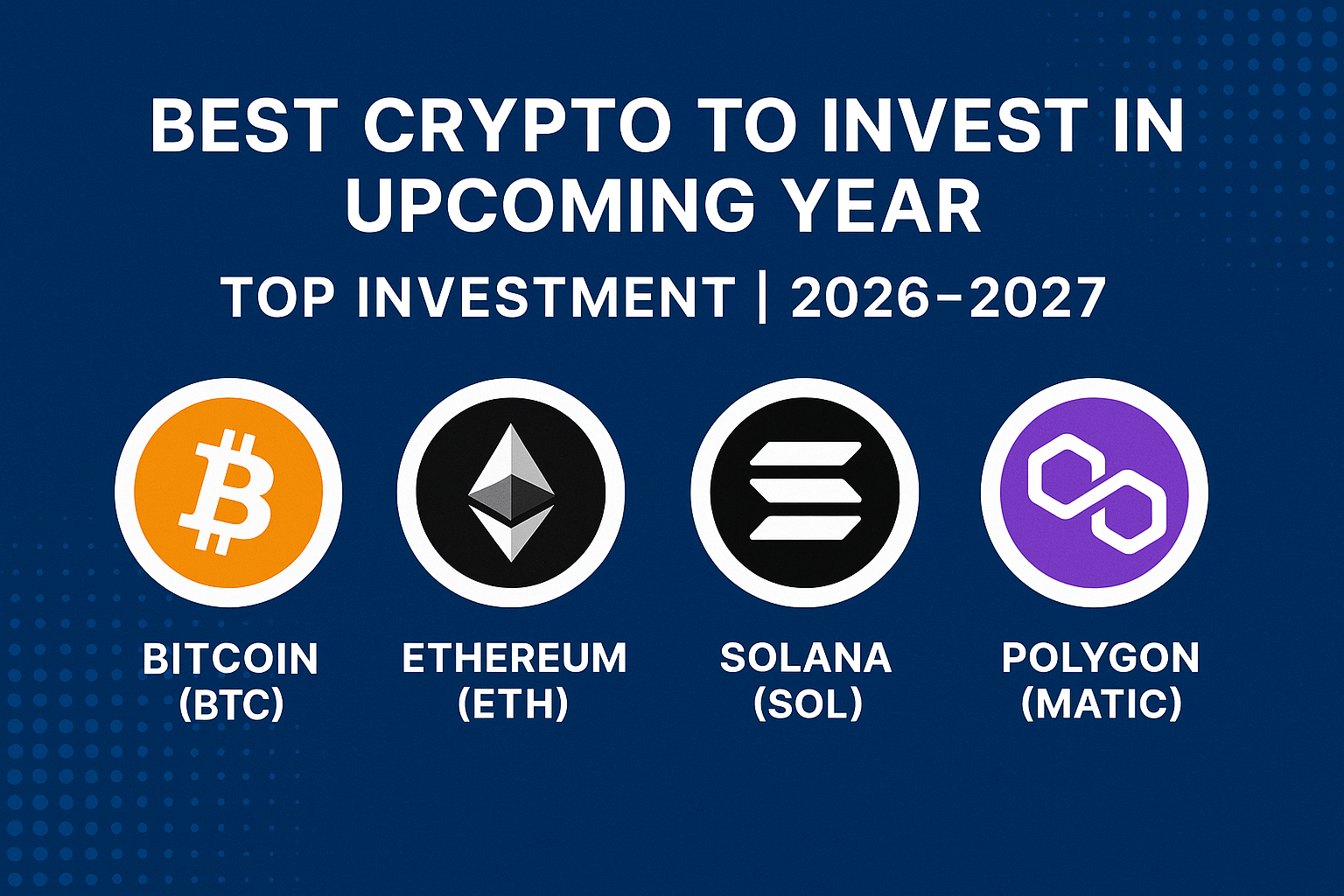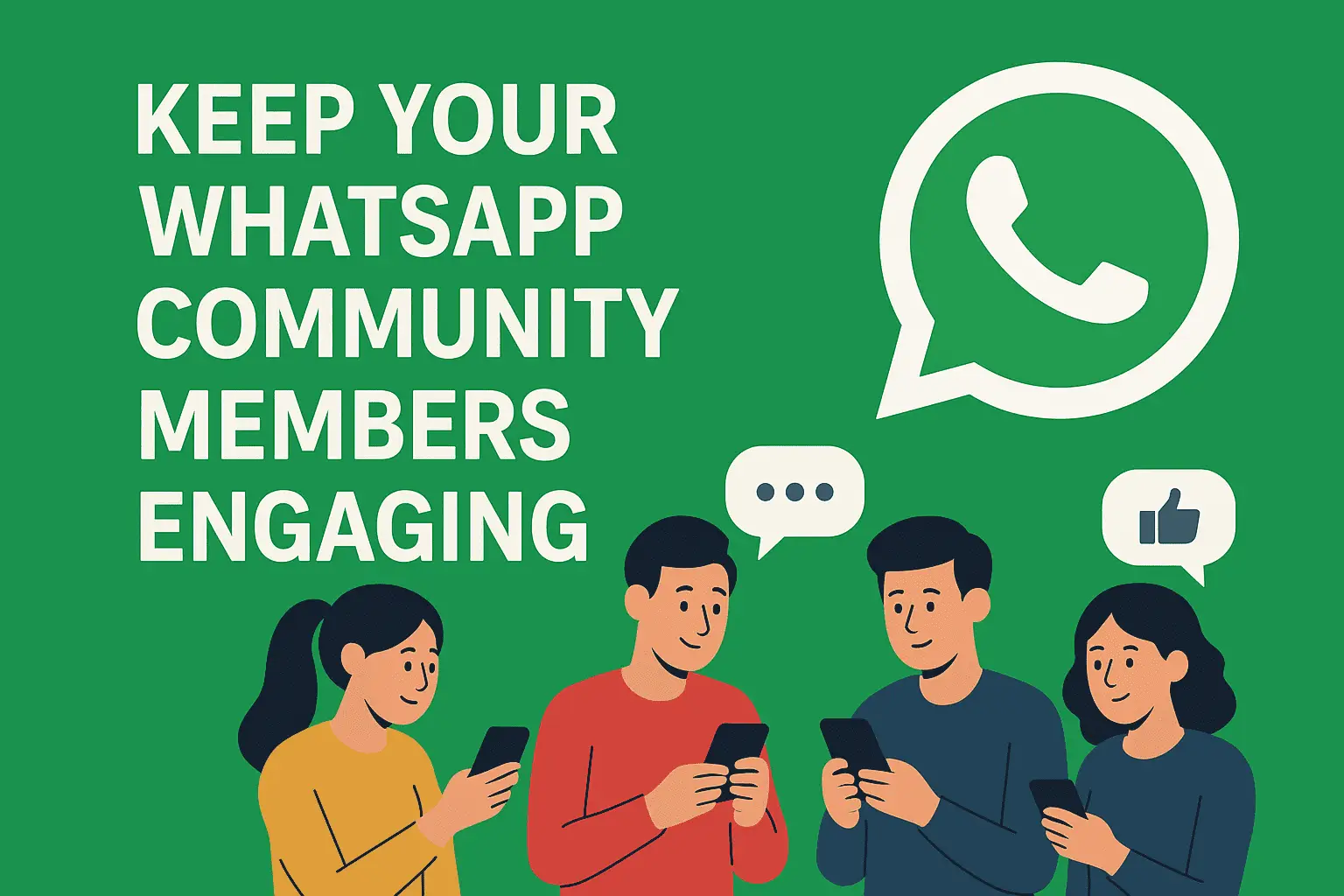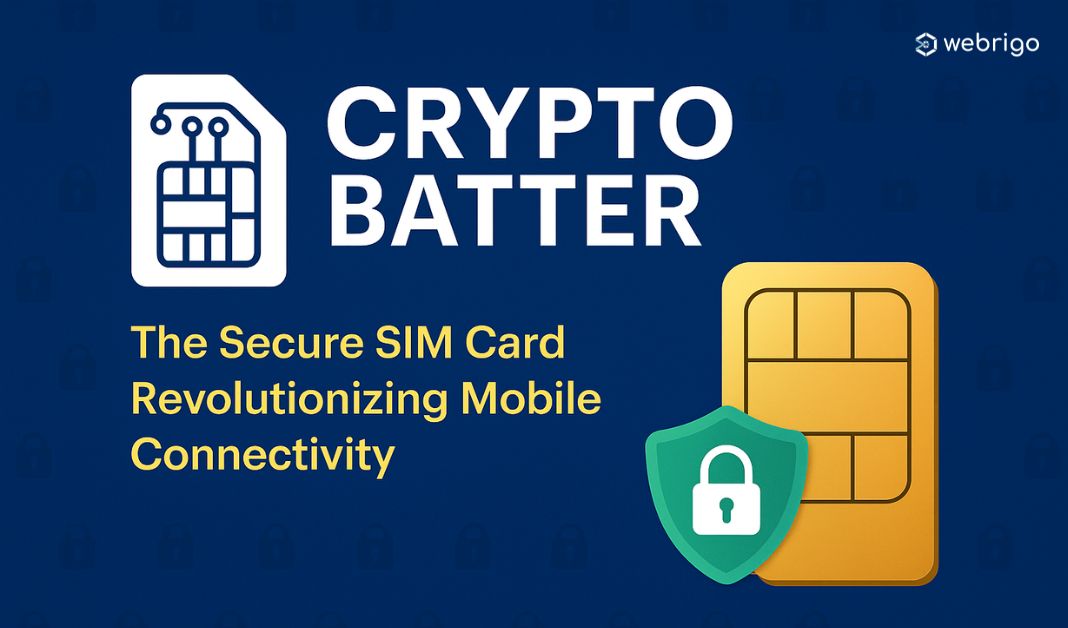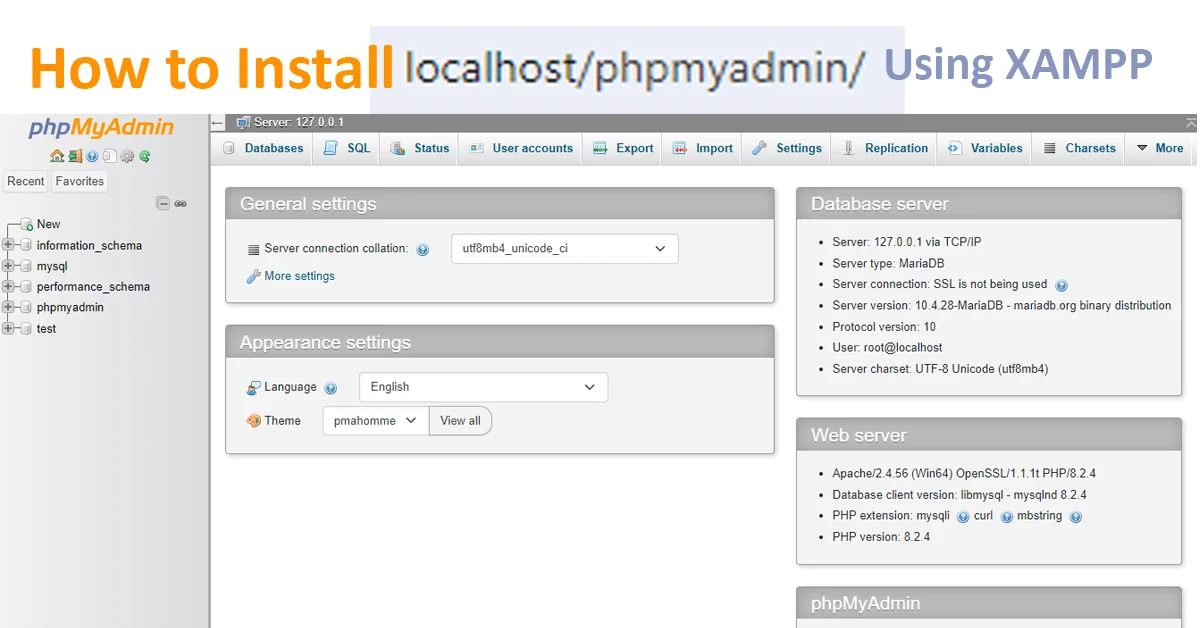Starting to sell digital products can be difficult, especially with no prior experience. But think about this: digital products offer a low-cost, high-reward opportunity to turn your passion or skills into income. Whether it’s an eBook, a course, or a template, the potential to reach a global audience and earn passive income is massive. But don’t worry – it’s entirely doable.
The digital product market is booming, with industry reports predicting it to surpass $300 billion by 2025. You don’t need to be a tech wizard or marketing guru to get started, which makes it an exciting opportunity for beginners to tap into this lucrative field. In this blog, we have shared 10 Steps to Start Selling Digital Products Without Experience and turn your idea into a successful online business.
Understand What Digital Products Are:
Digital products are intangible goods that can be delivered electronically. Examples include eBooks, online courses, templates, stock photos, and printables.
Think about what you enjoy or know about.
For instance, if you’re great at designing, you could sell Canva templates.
If you’re a fitness enthusiast, an eBook on home workouts could be your first product.
Digital products allow you to share your expertise with the world and require minimal overhead costs and no inventory hassles.
For Example, Sarah loved planning. She started selling digital planners on Etsy and now earns a full-time income.
Don’t worry; here is the step-by-step process mentioned below to start selling digital products in 2025 and the steps to make it profitable for you.
10 Steps to start selling digital Products in 2025:
Many digital products are available, but you must choose essential goods over luxury goods. So, the first step for you to choose is the Niche for your digital product.
Choose Your Niche for Selling Digital Products.
Don’t try to appeal to everyone. Pick a niche that aligns with your interests, skills, and market demand. Your Niche should solve a specific problem or cater to a particular audience.
For Example, John is a history teacher who created educational printables for homeschoolers. His Niche helped him stand out.

Research about your Audience and understand their pain point.
Understand who you are creating this product for. Research your potential customers’ needs, pain points, and preferences.
Tools like Google Trends, Facebook groups, and online forums can provide valuable insights.
Tip: If you’re targeting students, visit Reddit communities where they discuss their challenges and look for solutions.
A Digital Product business is easy to start and scale, but you only need to understand your customers’ needs and supply them with what they want.
Validate Your Digital Product Idea
Once you are done with the Niche, understand your audience and their preference. Don’t just dive into creating your product; first, validate your idea and understand product Market Fit (PMF).
This ensures there’s a demand for it. You can create a simple survey using tools like Google Forms or ask questions on social media to gauge interest.
For Example, Lisa wanted to sell meal prep guides. She polled her Instagram followers and got a decent response, and then she finally decided to move forward.
You might need more time and effort if there is sufficient demand for your product or service.
Create Your Digital Product
Once you finish all of these, move forward to create your digital product. This step might sound intimidating, but it’s easier than you think.
Start small and use tools that simplify the process.
- For eBooks: Canva or Google Docs.
- For Online Courses: Teachable or Thinkific.
- For templates: Canva or PowerPoint.
Tip: Perfection isn’t required initially. Focus on delivering value and making it profitable for your customers.
Make sure that your audience likes the base of your product and loves the value you are trying to provide through your product.
Set Up a Selling Platform
Once your digital product is ready, please share it with your friends and family and ask them to review and share feedback.
Once you are done with this, choose platforms like Gumroad, Etsy, or Payhip that allow you to sell digital products with minimal setup.
Initially, You don’t need a full-fledged website to start. Make use of existing platforms and make your product profitable.
Once you get a decent amount and as you grow, consider creating a simple website using tools like Wix or Squarespace.
For Example, Emma started selling her photography presets on Gumroad and later built a website for her growing audience.
Read More at: Selling on E-Commerce: Pros and Cons for Small or New Businesses
Price Your Digital Product
Pricing can be tricky, but don’t undervalue your work. Research competitors and find a sweet spot. Offer tiered pricing if possible.
People only pay vast amounts to the person or brand whom they trust; as you are so new to the market, people may not pay you a huge, doesn’t matter how good your product is,
Start with a reasonable price and increase it as you gain credibility.

Tip: Have it in basic, premium, advanced versions, etc. Also, add a free version where you share short information about your product or service in a call-to-action manner.
Market Your Digital Product
Marketing doesn’t have to cost a fortune. Use Digital Marketing; you can leverage Social Media Marketing by running ads and creating organic posts and reels about your product.
Another good option is SEO for organic reach, which may take time, is entirely free of cost, and will provide you value in the long run.
Use free or low-cost strategies to spread the word.
- Leverage social media: Share behind-the-scenes and testimonials.
- Start a blog or YouTube channel: Create content related to your product.
- Collaborate with influencers: Influencer marketing is a powerful way to initially sell your product—partner with micro-influencers in your Niche.
Example: Neil promoted his workout guides through TikTok, gaining 10,000 monthly followers.
Don’t start with all types of social media marketing. Research your audience and find out which platform your audience spends more time on. Create posts and run ads on that only.
Collect Feedback and Improve
Your first product might not be perfect, and that’s okay. Gather feedback from customers to improve your offerings. Use tools like Google Forms or email surveys to ask for suggestions.
Always be open to suggestions and improvement, and ask your buyers what you can improve and where they feel it could be better.
Tip: Positive reviews and testimonials can also act as powerful marketing tools.
Scale and Expand
This is an advanced step, but Once your first product gains traction and you’ve got decent positive feedback, think about creating complementary products or bundling them together.
Upselling to your existing audience is often easier than acquiring new customers. Make sure it is worth it for them.
For Example, Sophia created a video course and bundle after selling an eBook on productivity, doubling her sales.
Bonus tips for starting selling digital products:
Selling digital products without experience is possible if you take it step by step. Start small, listen to your audience, and focus on delivering value.
Remember, even the most successful sellers started where you are right now. So, leap and start creating today.
Start by asking satisfied customers for feedback, which you can collect via email or simple surveys.
Highlight these testimonials on your sales page, social media, and marketing emails.
Including the customer’s name, photo, or specific results they achieved with your product can make these reviews more authentic and impactful. This builds trust and encourages others to purchase.
Check the Step by Step Guide to Start your Digital Product Journey:
Step: 1 How to Start a Digital Product Business | 2025
Step: 2 10 Steps to Start Selling Digital Products without experience
Step: 3 List of Best Platforms to Sell Digital Products in 2025
Step: 4 How to Identify the Right Target Audience for Your Digital Products
Step: 5: Cost of Starting a Digital Product Business in 2025
Step: 6 Digital Products Marketing: Organic vs Paid | What Works Best
Is it a good idea to start selling digital products in 2025:
The market for digital products is growing faster than ever, driven by increasing internet access and a preference for online solutions.
You don’t need prior experience or a large budget to get started with rising demand for niche products and an audience that craves convenience.
In 2025, it is the perfect time to turn your knowledge or skills into a thriving online business.
FAQs on Selling Digital Product:
Do I need technical skills to create digital products?
Not necessarily, but tools like Canva, Teachable, and Google Docs make it easy for beginners to create high-quality digital products.
How much does it cost to start selling digital products?
Starting costs are minimal. Many tools and platforms like Gumroad and Canva offer free plans to help you get started.
How do I find the right Niche?
Focus on your interests, expertise, and market demand. The research audience must use forums, surveys, or platforms like Google Trends.
What’s the best platform to sell digital products?
Begin with platforms like Gumroad, Etsy, or Payhip. As you grow, consider building your website for greater control.










